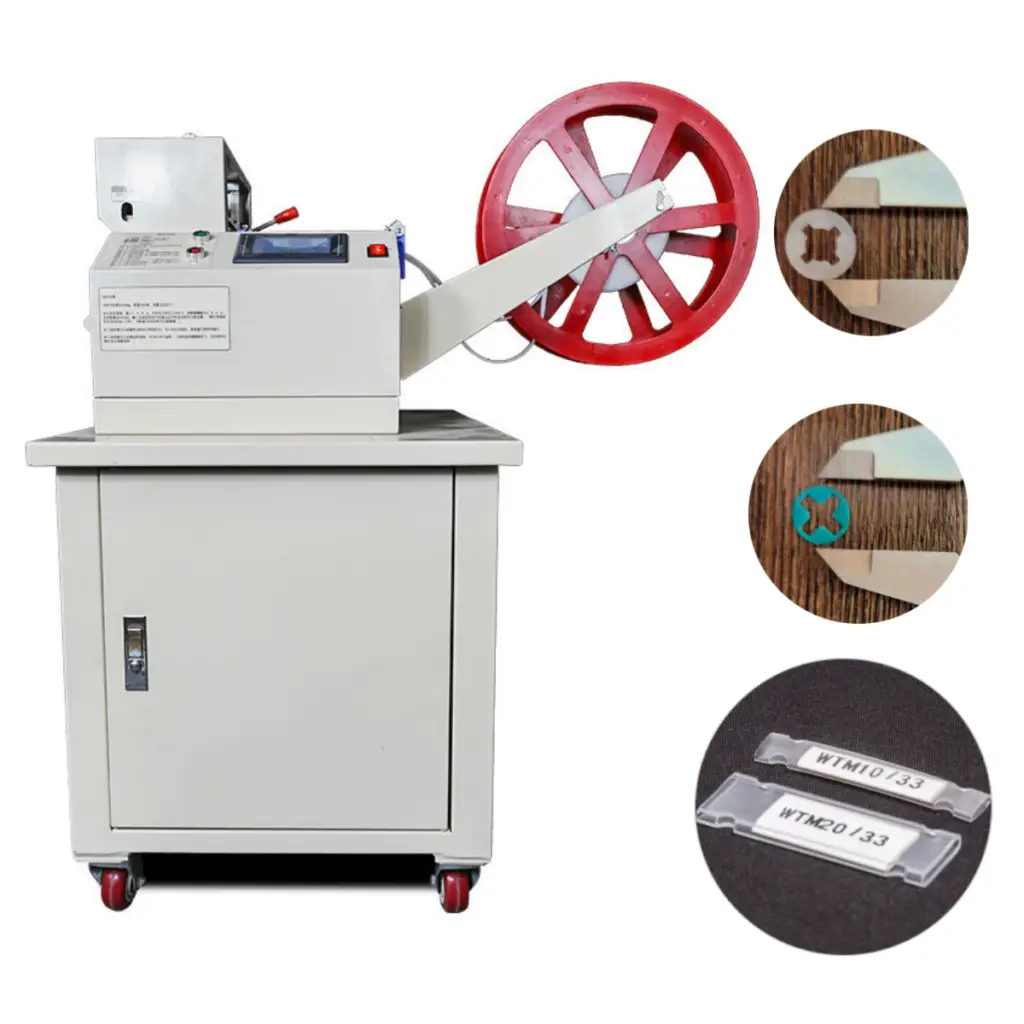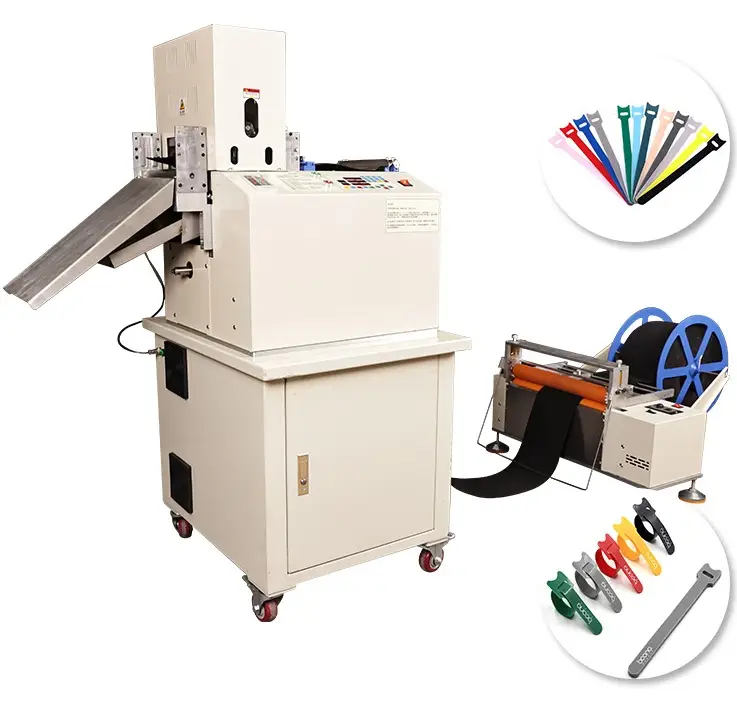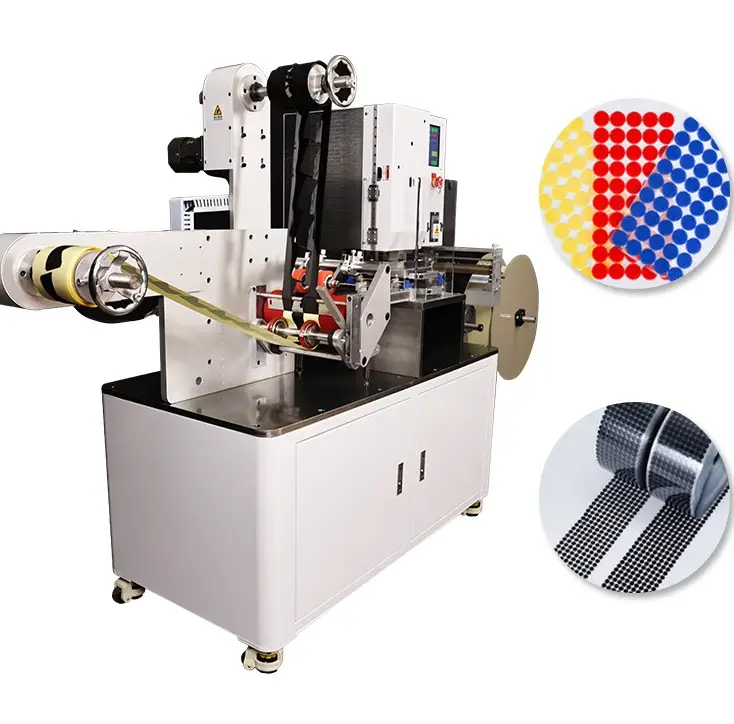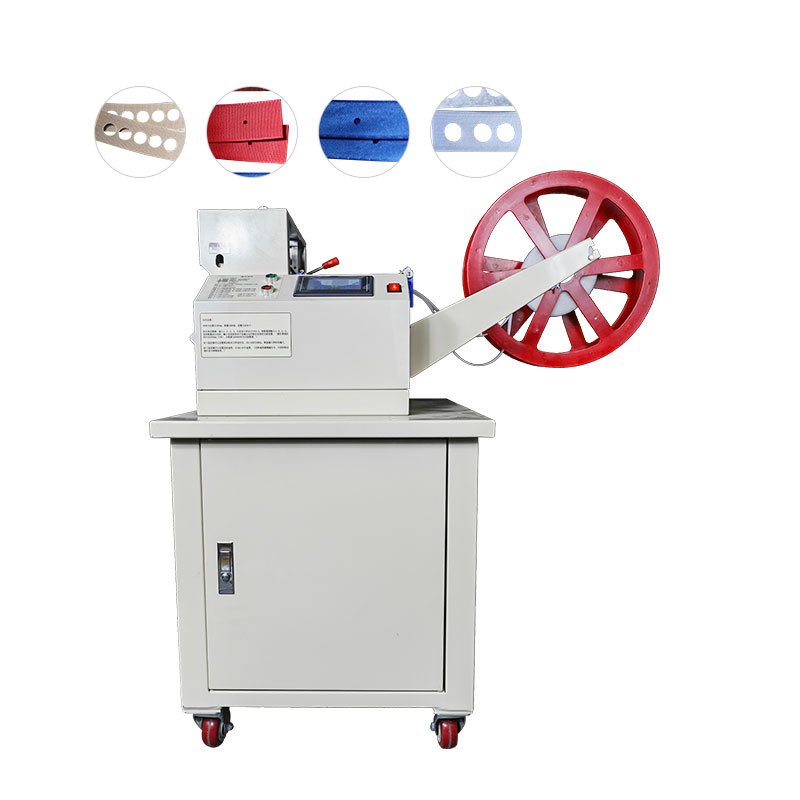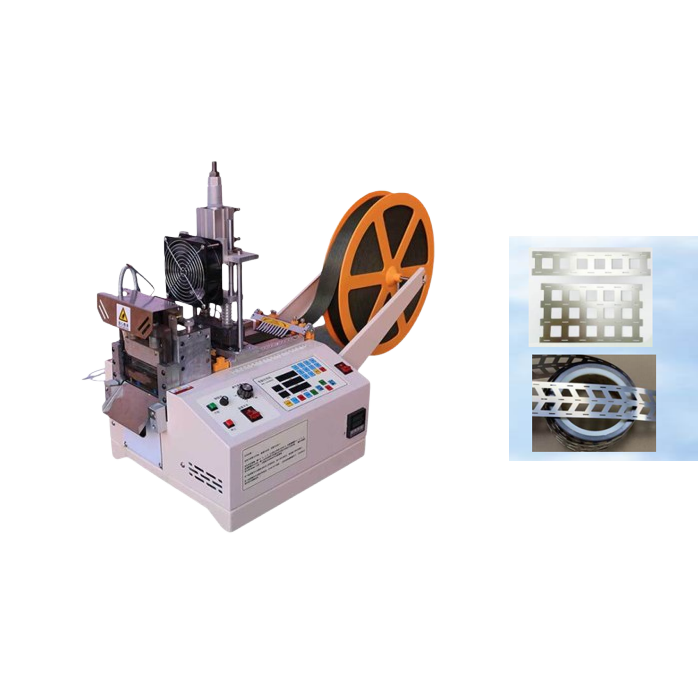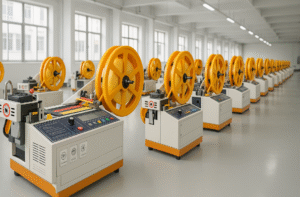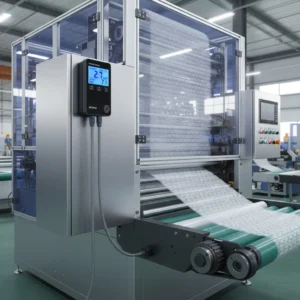What noise level should you expect on a bubble wrap cutter?

You turn on your new bubble wrap cutter — and suddenly the entire room sounds like a factory floor. Is that normal? Or a design flaw?
Most industrial bubble wrap cutting machines operate between 65–85 dB(A), depending on the cutting mechanism. Some can get even louder without proper isolation or guards.
If you’re planning to use these machines in a shared space or near staff, understanding — and mitigating — noise matters.
Comparing dB(A) by mechanism (rotary vs hot-knife) and mitigation with mounts/guards?
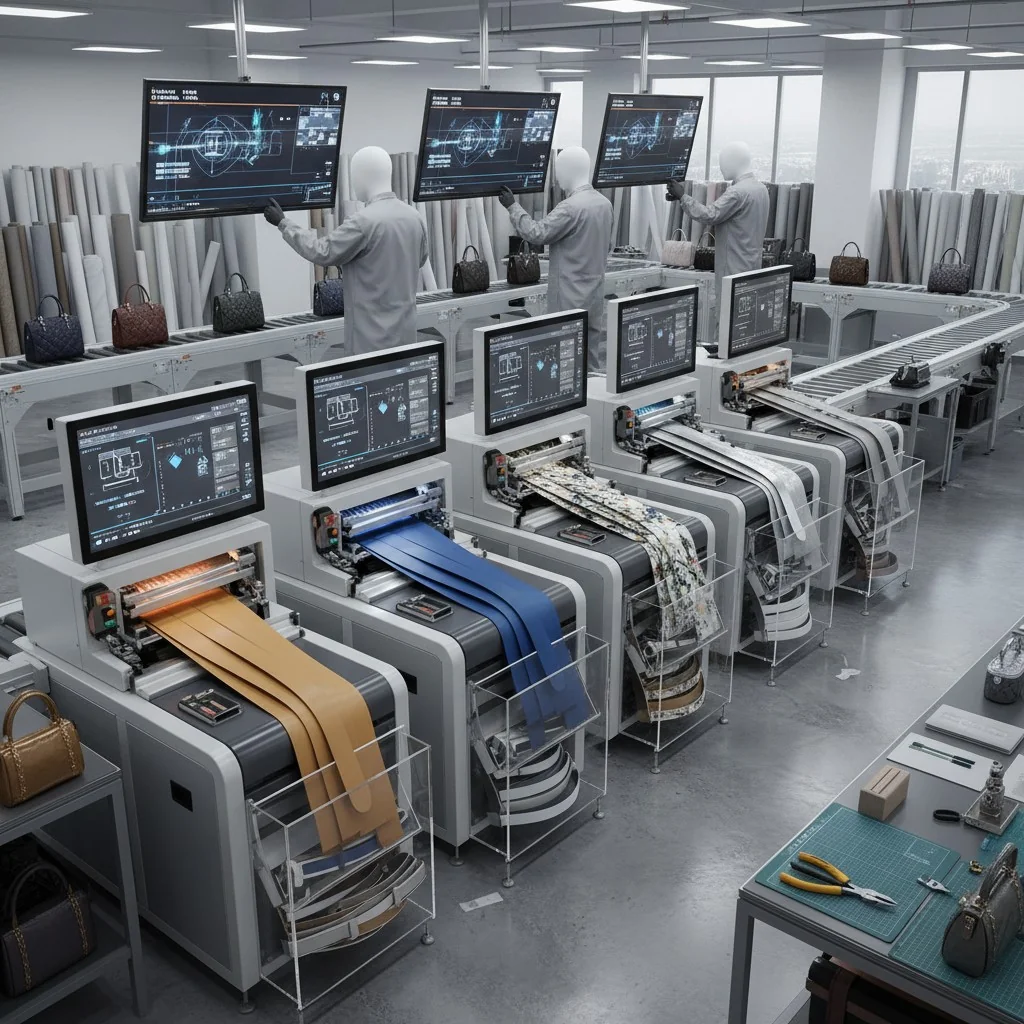
Not all cutting methods are equally loud. Some designs are naturally quieter than others.
Rotary cutters tend to be noisier than hot-knife machines due to higher-speed mechanical impact. However, proper mounting, sound insulation, and safety guards can reduce perceived dB(A) significantly.
Let’s break down where the noise comes from — and how to reduce it without sacrificing performance.
Decoding industrial dB(A): What’s too loud?
Here’s a quick scale:
| Noise Level (dB A-weighted) | Example Sound Level | Risk in Long-Term Exposure |
|---|---|---|
| 60 dB(A) | Normal conversation | Safe |
| 70 dB(A) | Vacuum cleaner | Prolonged = tiring |
| 85 dB(A) | Heavy traffic or busy factory | Hearing protection needed |
| 90+ dB(A) | Drill or loud machinery | Damage after 8+ hrs/day |
So, where does your bubble wrap cutting machine fall?
Noise level by mechanism: Rotary vs Hot-Knife
Rotary Cutting Mechanism
- Noise Range: 75–88 dB(A)
- Source: High-speed rotating blades, mechanical impact
- Example: Our rotary bevel cutting machine
- Note: High throughput = more vibration
Hot-Knife Cutting Mechanism
- Noise Range: 65–78 dB(A)
- Source: Heating element hum + pressure contact
- Example: Our hot and cold cutting machine
- Note: Quieter, but needs exhaust fans
Punch-Cutting
- Noise Range: 80–90 dB(A)
- Source: Downward punch force, metal-on-metal contact
- Example: Automatic punching cutting machine
- Note: Use in open-air workshop recommended
We measure these using a handheld sound meter placed 1 meter from the machine during active cutting. If you’re using multiple machines, cumulative noise adds up quickly.
Reducing noise through design and setup
At Suzhou Haoxinhe Electrical Equipment Co., Ltd., we help clients reduce noise through:
1. Shock-absorbing machine feet
These rubber mounts absorb vibration before it transfers to the floor — cutting perceived noise by 20–30%.
2. Enclosed blade chambers
In our bubble wrap cutting machine, the knife is enclosed with acrylic safety guards which also act as sound barriers.
3. Motor selection
We use stepper or servo motors with lower mechanical resonance in premium builds.
4. Machine layout advice
Placing machines on elevated platforms or isolating them from walls helps reduce echo. For clients with enclosed workshops, we recommend acoustic panels around the cutting zone.
Use case: Quiet operation in a printing facility
One of our clients in Germany operates a printing and packaging facility where noise levels must stay below 75 dB(A) for legal reasons. They were previously using a high-speed rotary cutter that caused complaints.
We replaced it with our hot-knife bubble wrap cutter, added:
- Vibration-dampening mounts
- Servo motor control
- Acrylic guard around blade area
The final dB(A) dropped to 70 — compliant with local labor laws.
Result: Machine ran 14 hours/day with no complaints from adjacent workstations.
Which machines have noise control options?
Our following machines come with optional noise-reduction kits:
- Hot and cold cutting machine
- Webbing tape cutting machine
- Bubble wrap cutting machine
- Round shape cutting machine
These options include soft feet, blade enclosures, and motor upgrades.
Conclusion
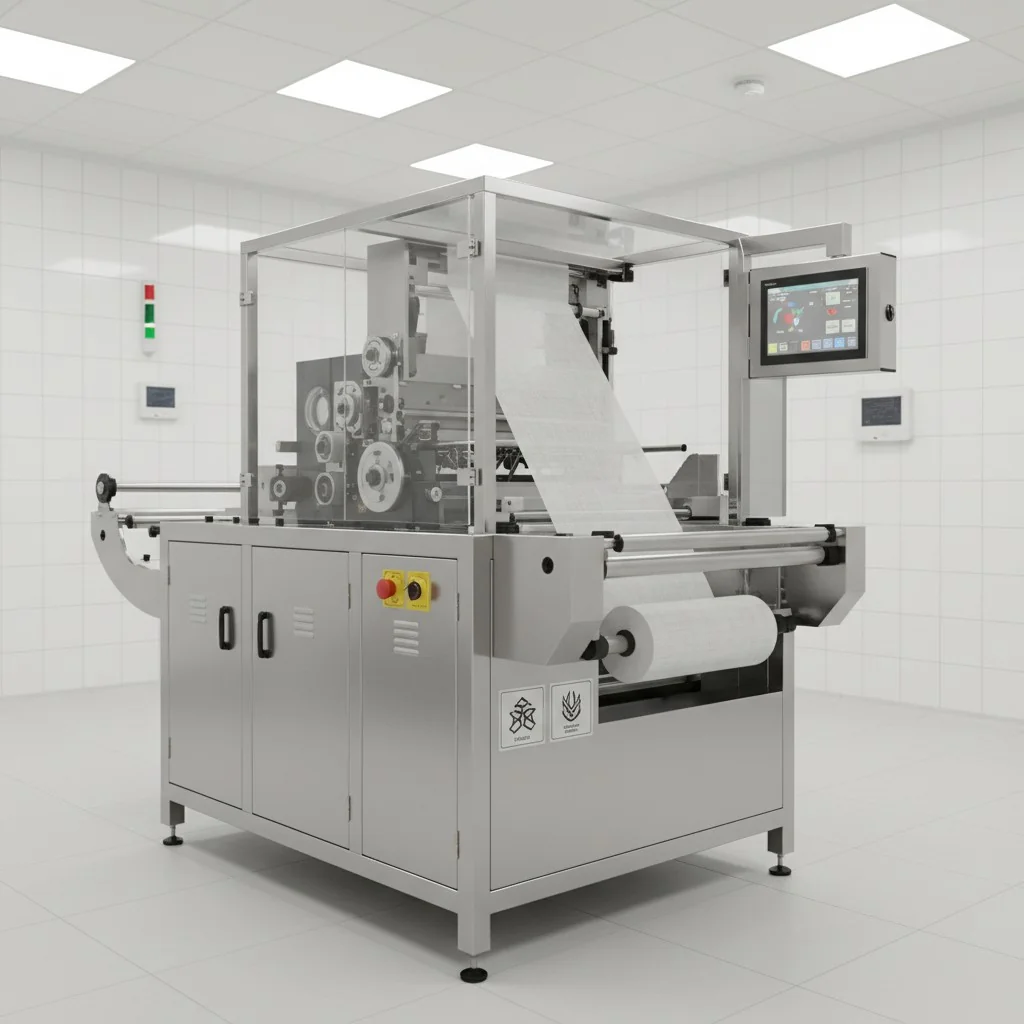
Cutting doesn’t have to mean chaos. Choosing the right mechanism and noise-reduction features ensures both performance and peace.
Insights
Noise levels vary by cutting mechanism, but can be mitigated with the right design. Suzhou Haoxinhe Electrical Equipment Co., Ltd. offers custom noise-control options on machines like the bubble wrap cutting machine, rotary bevel cutting machine, and webbing tape cutting machine — helping global factories meet both productivity and workplace noise standards.

